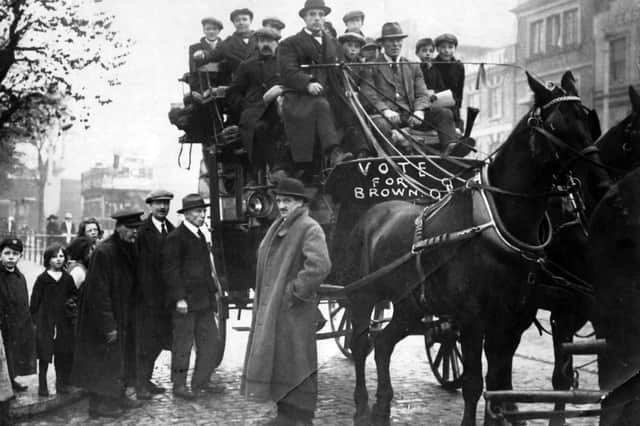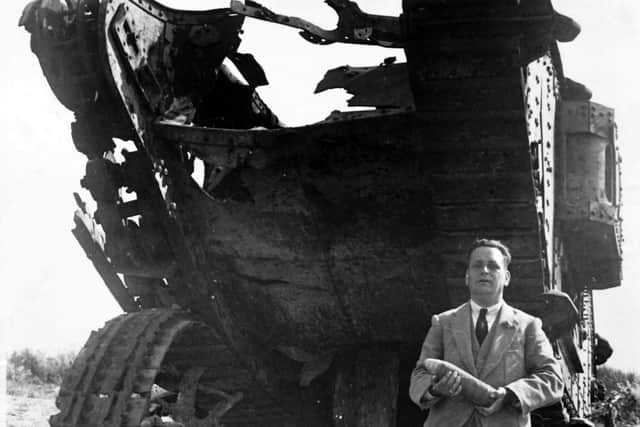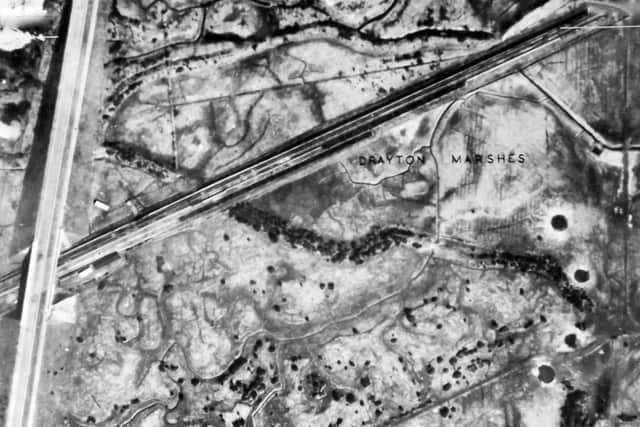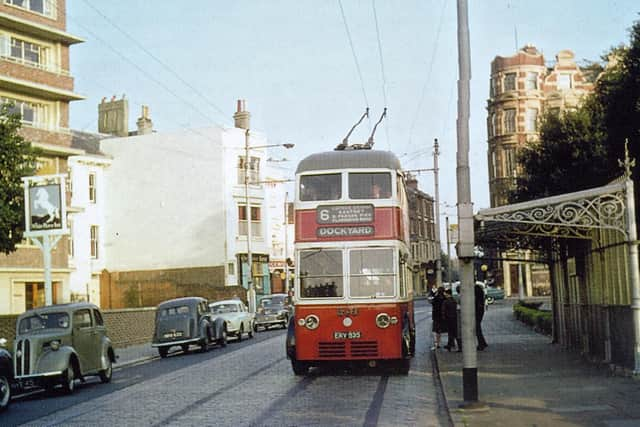Portsmouth councillor knew how to work the media even a century ago '“ nostalgia


Postcards were reproduced with the caption Vote for Brown and he and his supporters toured the town much like modern candidates standing for election have cars with loudspeakers attached.
This is the coach having reached The Hard. Don't the horses look immaculate?  Â
Advertisement
Hide AdAdvertisement
Hide Ad'¢ Although not necessarily a Portsmouth story as such, next month is the centenary of the Armistice which eventually brought an end to the First World War, so the second photograph is highly relevant.Â


It's the same Portsea councillor,  the media-savvy Cllr Charles Brown, on a visit to the battlefields of Belgium.
He is standing under a destroyed tank and it looks as if an oak defence post has penetrated its underbelly bringing it to a standstill.
It seems the ordnance men have removed the tank's gun but not the explosives left lying around the battlefield. The councillor is holding a live shell, a highly dangerous thing to do.
Advertisement
Hide AdAdvertisement
Hide AdEven to this day, a century later, many shells are still being brought to the surface by farmers ploughing their fields.Â


'¢ I suppose many of you will have played football  at Farlington Marshes alongside Eastern Road, Portsmouth. But they were not always the pleasant green fields we see today though.
In the RAF aerial photograph, reproduced with permission from Portsmouth History Centre, Central Library, we see the land when it was called Drayton Marshes.
North is at the top and to the left is the newly-Â completed Eastern Road with the bridge passing over the railway line from Havant to Portsmouth.
Advertisement
Hide AdAdvertisement
Hide AdAt that time there were two sidings to the south of the main line for the berthing of goods wagons. To the north of the  line there is now the Sainsbury's built on the former Dunham Bush site.


At a full council meeting held on May 22, 1947, it was agreed to drain the marshes and reclaim them as a public open space.
'¢ In the final picture we are in Southsea Terrace, Southsea, where a trolleybus heading west for the dockyard is picking up passengers from opposite the White Horse pub.
Beneath the bus you can see tarred-Â over tram rails which show how much narrower trams were. Today's buses are even wider of course.
The ornate scrollwork holding up the roof of the shelter is so much nicer than the bland things we have today, don't you think?